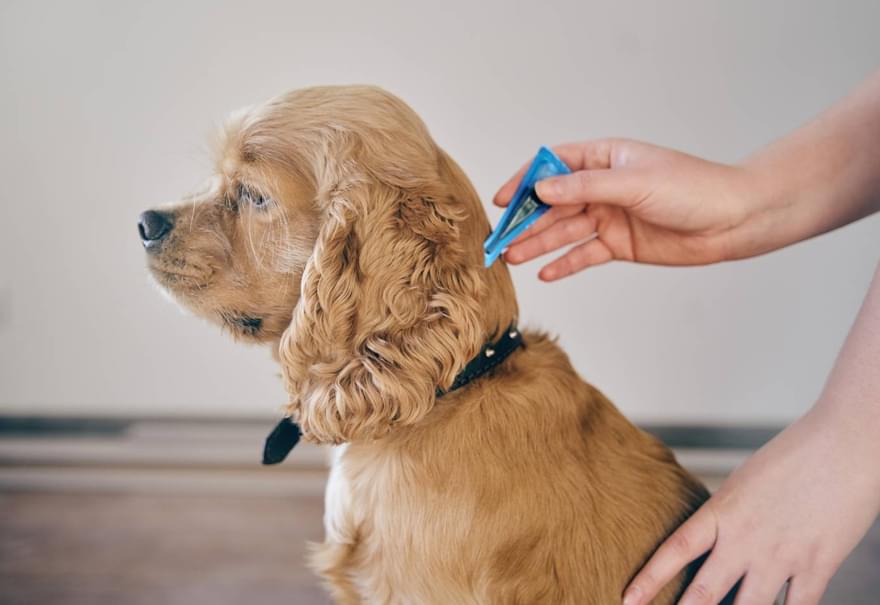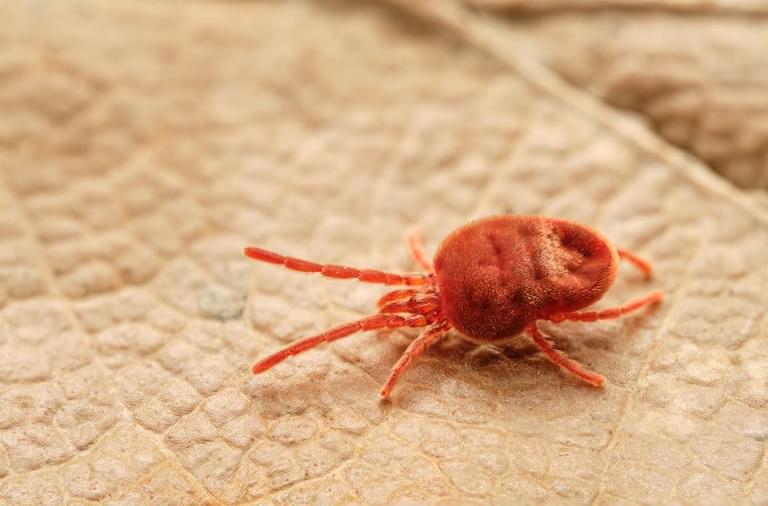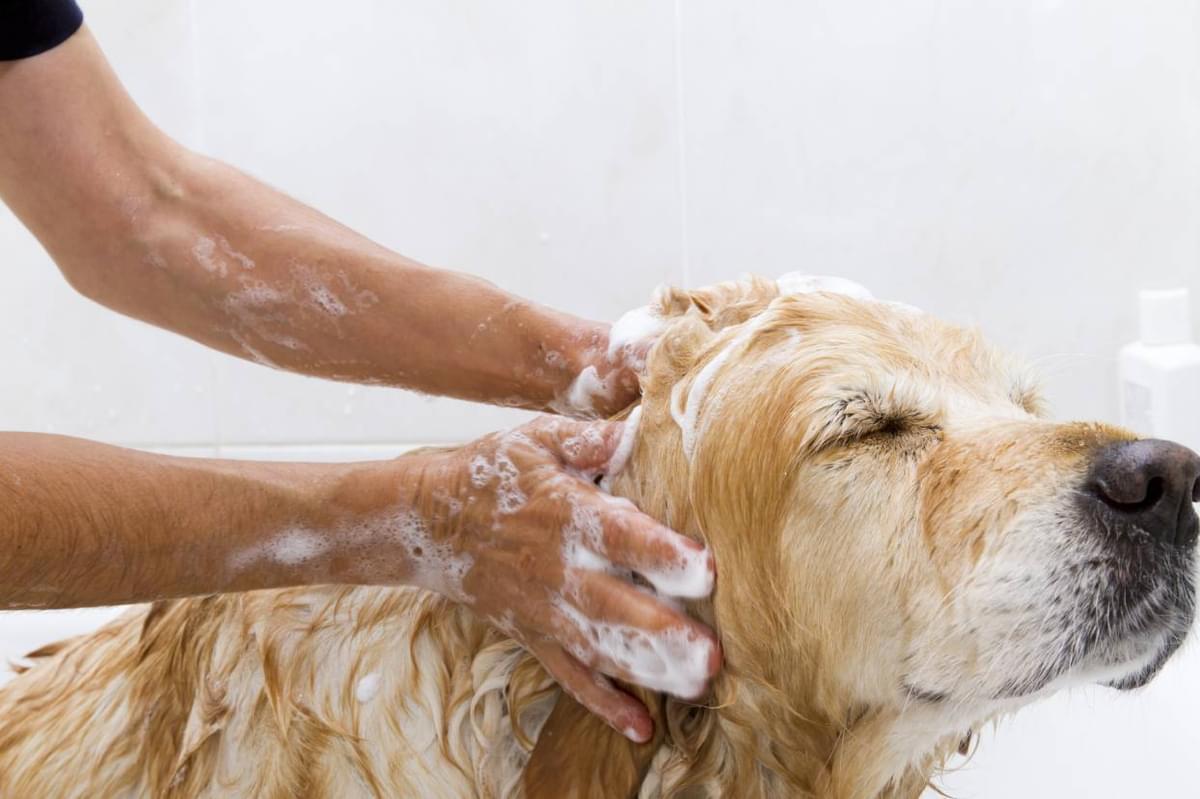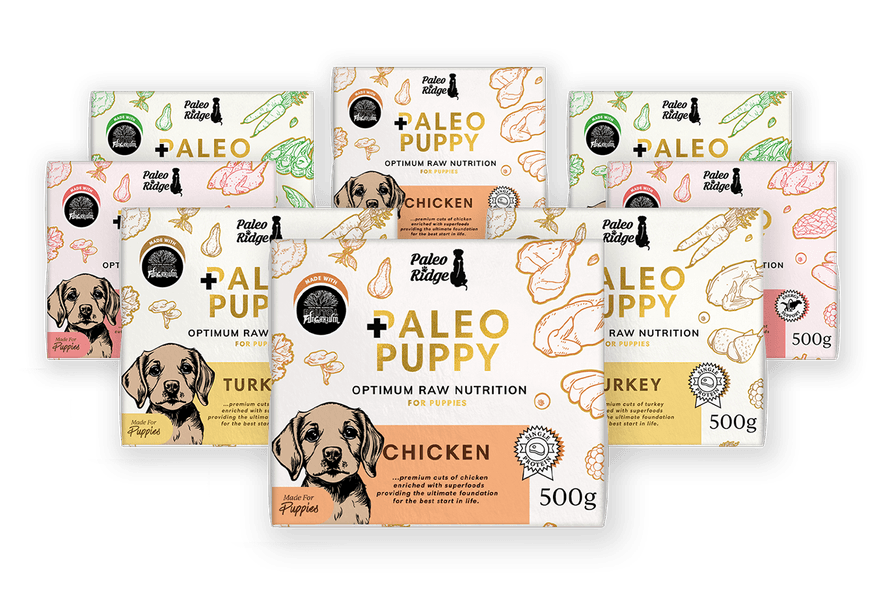If you suspect a harvest mite infestation, do contact your vet as they will be able to provide the appropriate treatment and advice. Harvest Mites have been linked to Seasonal Canine Illness so it's important to speak with your vet. We recommend giving your dog a soothing bath before applying any topical treatments.
As with any danger to your dog, it's best to ensure your dog is in a good bill of health. Feeding a natural, additive-free diet will help strengthen the immune system.
Make sure you bath your dog and check for mites regularly and wash their bedding frequently. If the vet has given you something topical to apply to the skin, make sure you follow the instructions.
When going out for walks in the woods, keep your dog away from leaf piles, tall grass, and areas that are very overgrown and damp.





